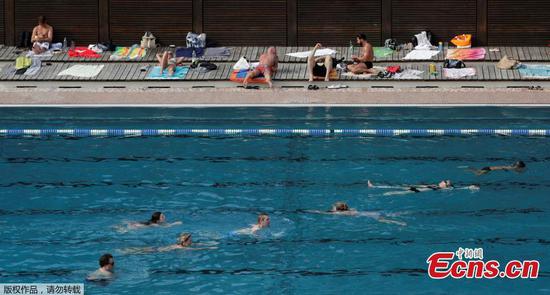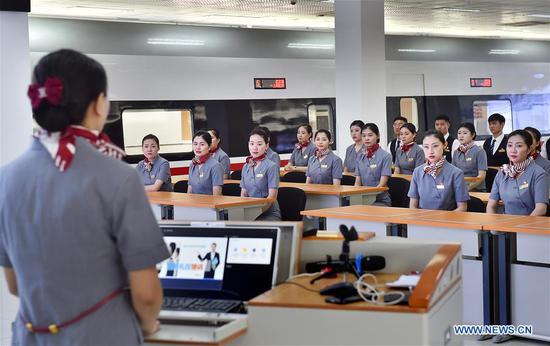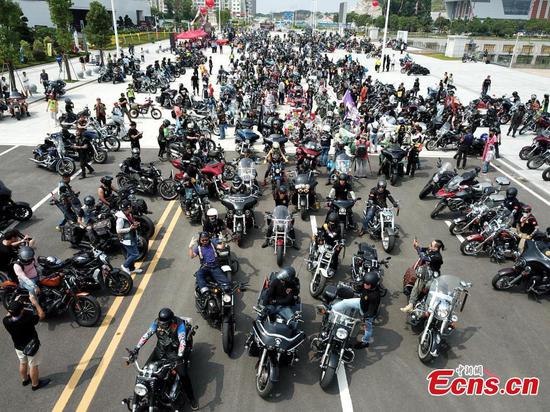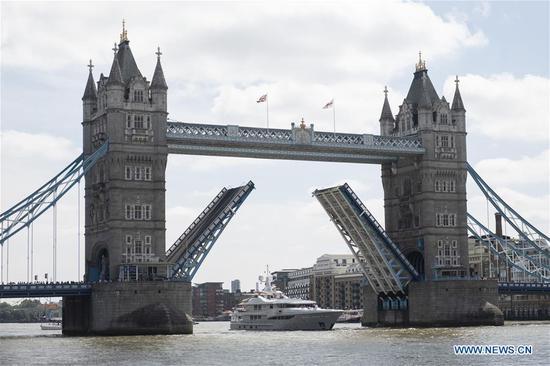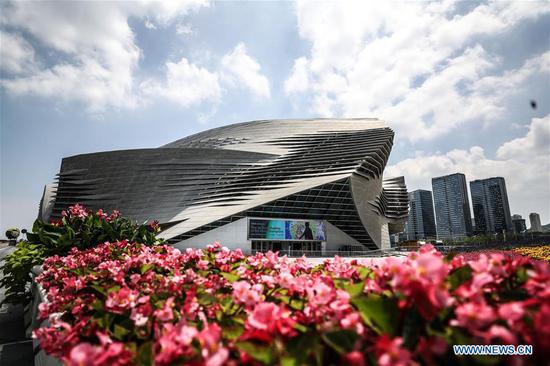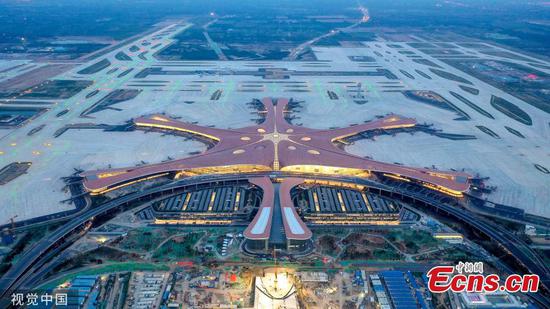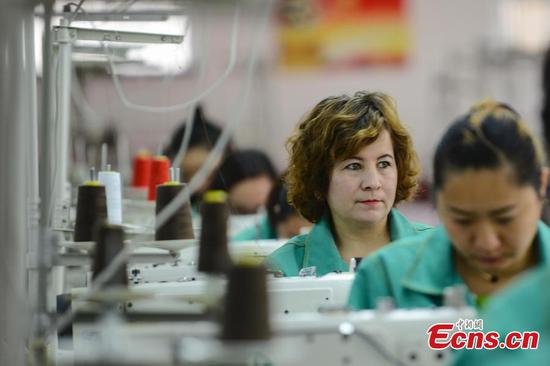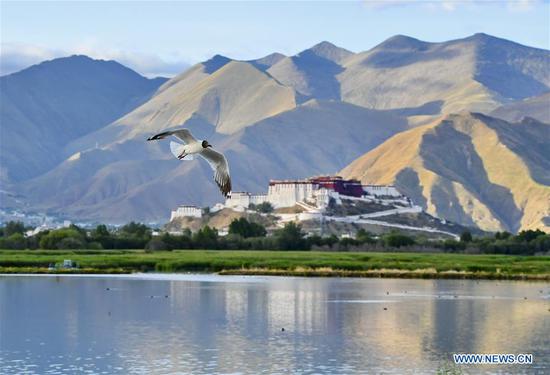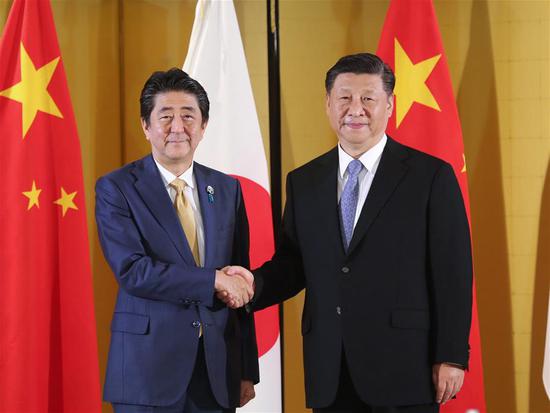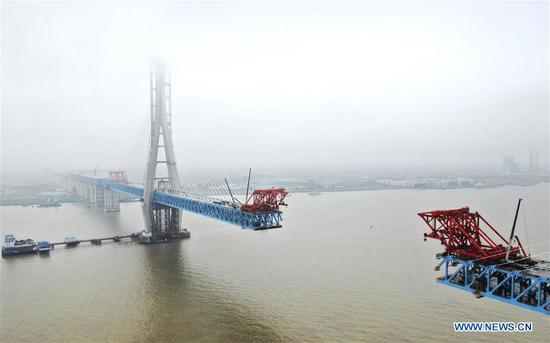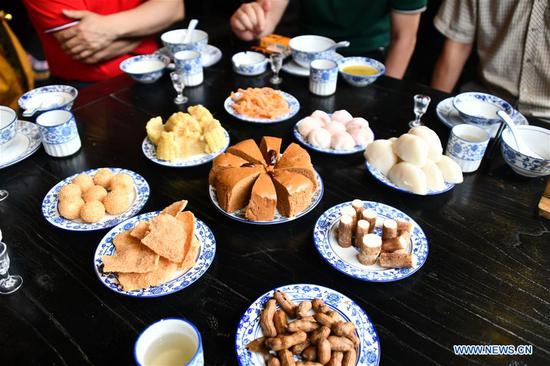On July 1, 2017, the National Development and Reform Commission of China (NDRC) and the governments of Guangdong Province, Hong Kong Special Administrative Region (SAR) and Macao SAR jointly signed the Agreement on Deepening the Cooperation between Guangdong, Hong Kong and Macao, marking the start of developing the Guangdong-Hong Kong-Macao Greater Bay Area (GBA).
On February 18, 2019, China fully laid out the grand plan by unveiling the Outline Development Plan for the GBA with short-term plans for 2022 and a long-term outlook for 2035. Since then, the GBA, bearing witness to the spirit of the "One Country, Two Systems" principle, has become a new highlight of China's high-quality development.
July 1 marks not only the 22nd anniversary of Hong Kong's return to the motherland but also the two-year anniversary of the GBA development. Hong Kong has been making vigorous efforts to leverage its strengths in the process.
GBA injects impetus into Hong Kong's development
When asked about the potential influence of the GBA to Hong Kong's development, Carrie Lam Cheng Yuet-ngor, Chief Executive of the Hong Kong SAR, gave a firm and positive answer by saying that the region will inject new energy into the Hong Kong economy, and provide greater future opportunities for businesses, elites, and young people in particular, in an interview on March 4.
She believes that participating in the development of the GBA under "One Country, Two Systems" will help Hong Kong find new drivers for economic growth and focus more on research, transformation and incubation of scientific technologies, while setting production bases in mainland cities in the bay area.
The GBA, according to Lam, will entrench Hong Kong's status as a center of international finance, shipping, trade, aviation and innovation. The GBA will promote Hong Kong as the hub of offshore yuan business, global assets management and risk management as well as the international legal and dispute resolution service center in the Asia-Pacific region.
Chen Jiahe, chief strategist at Cinda Securities, echoed Lam's view, adding that the GBA helps specify Hong Kong's industrial structure and make it focus more on sectors where Hong Kong possesses comparative advantages.
Considering the huge economic potential of the GBA and Hong Kong's service-based industry structure, experts believe that Hong Kong's participation in the GBA represents an important opportunity to promote Hong Kong's advantages.
The GBA covers a total area of 56,000 square kilometers and had a combined population of about 70 million by the end of 2018. Though it covers only one percent of China's land territory, the region's gross domestic product (GDP) reached around 10 trillion yuan (1.48 trillion U.S. dollars) in 2017, accounting for 12 percent of the country's total GDP.
Moreover, according to estimates by the China Center for International Economic Exchanges, one of the country’s top think tanks, the total economic output of the GBA will be comparable to that of the Tokyo Bay Area by 2020. By 2030, its GDP is expected to amount to 30.4 trillion yuan (4.62 trillion U.S. dollars), surpassing the economic size of the Tokyo Bay Area (21.3 trillion yuan, 3.24 trillion U.S. dollars) and the New York Bay Area (14.4 trillion yuan, 2.18 trillion U.S. dollars), to become the world's largest bay area in terms of GDP.













